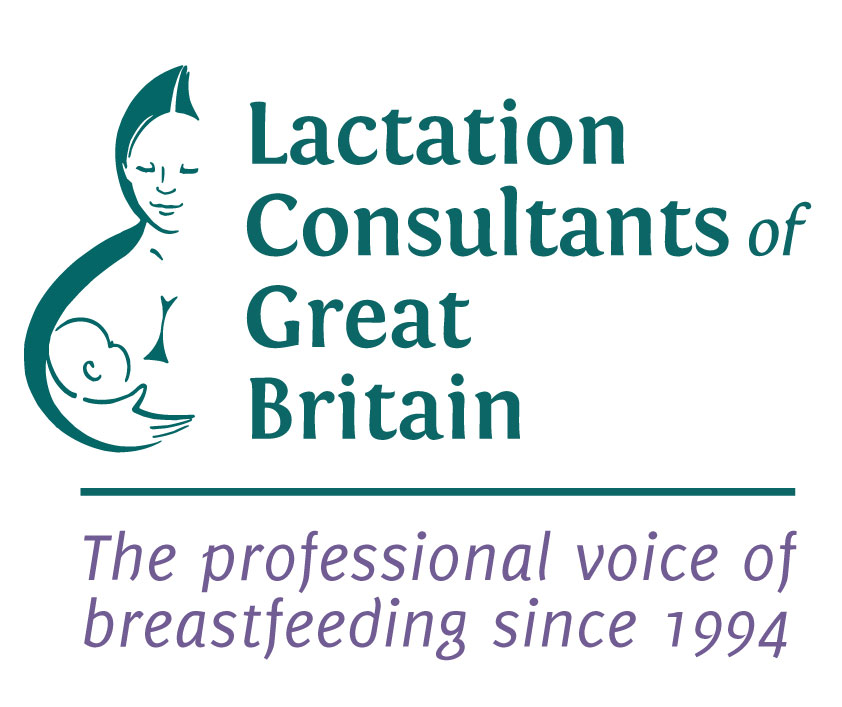The information here is for families who wish to explore the possibility of breastfeeding their baby when the mother has a diagnosis of HIV. We are also providing useful links for health professionals and others supporting a mother’s right to make an informed choice on how to feed and nurture her baby.
National HIV infection rates amongst pregnant women are 1/500 nationally and 1/250 in London. Currently 72% of all HIV-positive mothers living in the UK were born in Africa, particularly in East and Southern Africa. For many expectant mothers breastfeeding is an important part of their mothering and a mother diagnosed with HIV is no exception. In fact it can be even more important when a mother comes from a culture which highly values breastfeeding and where there is stigma attached to artificial (formula) feeding. This means that health professionals working with this special population of women will welcome ways to assist them in fulfilling their own infant feeding goals when they wish to breastfeed.
Current research on antiretroviral therapy has transformed HIV from a fatal to a chronic disease. And as a result, breastfeeding no longer needs to be something HIV-positive women around the world and in the UK have to avoid. Following extensive consultation, the British HIV Association recognized in their 2011 updated Position Paper that an HIV-positive woman already receiving triple ART, with a repeated undetectable viral load at delivery may, after careful consideration, choose to exclusively breastfeed for the first 6 months of her baby’s life and continue breastfeeding along side the appropriate introduction of solids during by the 6-24 month period.
Mother to receive: Infant to receive:
Antenatally, HIV-positive mothers need to be in touch with their physicians and HIV clinicians to discuss:
- up-to-date research findings
- the risks and benefits of different feeding methods
- the importance of antiretroviral therapy including taking their drugs regularly, not missing any doses, and how long before delivery ART should be taken in order to achieve an undetectable viral load
- local and national HIV and infant feeding policy
- the need for legal representation if there will be any coersion or safe-guarding issues
- the need for competent, well-informed breastfeeding assistance from an International Board Certified Lactation Consultant (IBCLC) before and after the birth.
Key resources and further reading: *2022 update: current BHIVA guidance, which is “BHIVA guidelines for the management of HIV in pregnancy and post-partum 2018 (2020 third interim update) https://www.bhiva.org/pregnancy-guidelines (accessed 18 February 2022) BHIVA & CHIVA Position statement on infant feeding in the UK, Nov 2010, published as Taylor GP, Anderson J, Clayden P, Gazzard BF, Fortin J, Kennedy J, Lazarus L, Newell M-L, OsoroB, Sellers S, Tookey PA, Tudor-Williams G, Williams and De Ruiter A for the BHIVA/CHIVA Guidelines Writing Group. British HIV Association and Children’s HIV Association position statement on infant feeding in the UK 2011. HIV Medicine DOI: 10.1111/j.1468-1293.2011.00918.x Morrison P, Greiner T, Israel-Ballard K, Informed choice in infant feeding decisions can be supported for HIV-infected women even in industrialized countries, AIDS 2011, 25:1807–1811, e-pub ahead of print AIDS, 1 August 2011, Morrison P, What HIV-positive women want to know about breastfeeding, World AIDS Day 2013 issue of Fresh Start, Trinidad & Tobago, pages 8-12, 1 December 2013, at Morrison P, “Back to the Future on HIV and Breastfeeding: The findings that transformed policy”, GOLD13 Breastfeeding Conference Online (hosted by International Conference Services Ltd. Vancouver, Canada), 26/27 April, 2013, repeated for Alumni Conference 27 Jan – 13 Feb 2014, and available at hivbreastfeeding.org from mid-Nov 2014 Morrison P. Practice Update: HIV and breastfeeding, Essentially MIDIRS, August 2014;5(7):38-9, available at page 38, Morrison P, Breastfeeding for HIV-Positive Mothers, Breastfeeding Today, 1 November 2014 Morrison P and Faulkner Z, HIV and breastfeeding: the unfolding evidence. Essentially MIDIRS, Dec/Jan 2015, Vol 5 Number 11 published online 28 Nov, 2014, Dec-Jan 2015 WABA 2016, World AIDS Day Statement http://waba.org.my/waba-world-aids-day-statement/ WABA, what women want to know about breastfeeding in the HIV context, 30 Nov 2016 http://waba.org.my/newsite/wp-content/uploads/2016/11/What-women-need-to-know-about-breastfeeding-in-the-HIV-context-30-Nov.pdf WHO 2010, Guidelines on HIV and infant feeding. Principles and recommendations for infant feeding in the context of HIV and a summary of evidence, ISBN 978 92 4 159953 5 available at WHO 2014, March 2014 Supplement to the 2013 Consolidated Guidelines on the Use of Antiretroviral Drugs for treating and preventing infection: Recommendations for a Public Health Approach.
Pamela Morrison IBCLC Retired, 2015, Reviewed February 2022.
